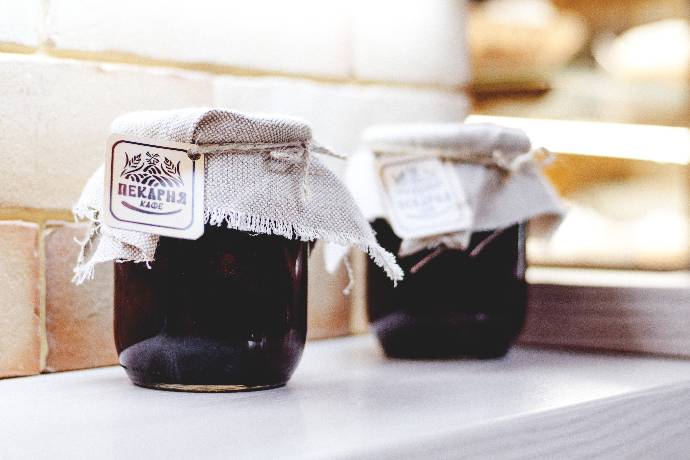Food Preservation & Canning
Cost calculation worksheets are now available
Cost of Canning calculation worksheet (download)
Cost of Freezing calculation worksheet (download)
USDA Complete Guide to Home Canning

The USDA guide is broken into 7 sections, which focus on the principles of canning, as well as the best tips for selecting, preparing and canning fruits and vegetables, meats, jams and jellies, and pickling food.
Download the full guideGood Salsa Recipes

It is very important to can TESTED salsa recipes. The recipes tend to be thin - for food safety- do not change them. You can add more veggies to them when you open the jar - or if you want to mess with the recipe- freeze your salsa. Remember canning is a science- not an art. Never use untested recipes or change approved recipes. We also have other salsa recipes as well as many other pamphlets and recipes for food preservation, nutrition, meal planning, etc. in our office. Stop in!
DownloadAcidification for Tomatoes
To ensure safe acidity in whole, crushed, or juiced tomatoes, add two tablespoons of bottled lemon juice or ½ teaspoon of citric acid per quart of tomatoes. For pints, use one tablespoon bottled lemon juice or ¼ teaspoon citric acid. Acid should be added directly to the jars before filling with product. Add sugar to offset acid taste, if desired. Four tablespoons of a 5% acidity vinegar per quart may be used instead of lemon juice or citric acid. However, vinegar may cause undesirable flavor changes. We recommend lemon juice or citric acid.
Steam Canners
The USDA does not recommend the use of steam canners due to inadequate research and testing. However, Utah State University has tested the steam canners and has found them to be safe and adequate for processing certain foods if used according to instructions and safe canning procedures. Due to botulism poisoning potential, steamer canners may NOT be used for for meats, tomatoes, and vegetables. If you choose to use a steam canner for jams, jellies, or fruits, only USDA approved and tested recipes and canning times should be used. Processing times for boiling-water bath canners may be used for the steam canners. It is very important to follow instructions and be sure that an 8 to 10-inch plume of steam is present during the entire processing time, and the water must not run out before the end of processing.
Please call our office (801) 851-8460 with any canning questions or concerns (Monday - Friday 8:30 a.m. - 4:30 p.m., except state and federal holidays). The websites below also provide up-to-date, researched and SAFE information on canning and food preservation.
Pressure Canner Gauge Testing
Remember to have your pressure canner gauge tested every year for accuracy - it takes only minutes to test and will ensure safe canning processes. Bring your Presto canner lid to the Extension Office for free testing - no appointment necessary. If you would like to be able to have the gauge tested right away and take it home with you, please call ahead of time.
You can contact Darlene at 435-840-4404 or 435-277-2406. Also, make sure to process your jars for the accurate amount of time - if you are using the Ball blue book, the time listed under each recipe is for sea altitude. In the front of the book has information on how to adjust time and/or pressure for our altitude. Underprocessing is dangerous.
Additional Food Preservation and Canning Links
Resources from USU Extension:
- Major Canning Sins
- Using Pressure Canners
- Using Bioling Water Bath Canners
- Canning Breads
- Using a Steam Canner
- Storage Cupboard Times
- Hazardous Food Preservation and Storage Advice
Resources from The National Center For Home Food Preservation:


 Utah 4-H & Youth
Utah 4-H & Youth